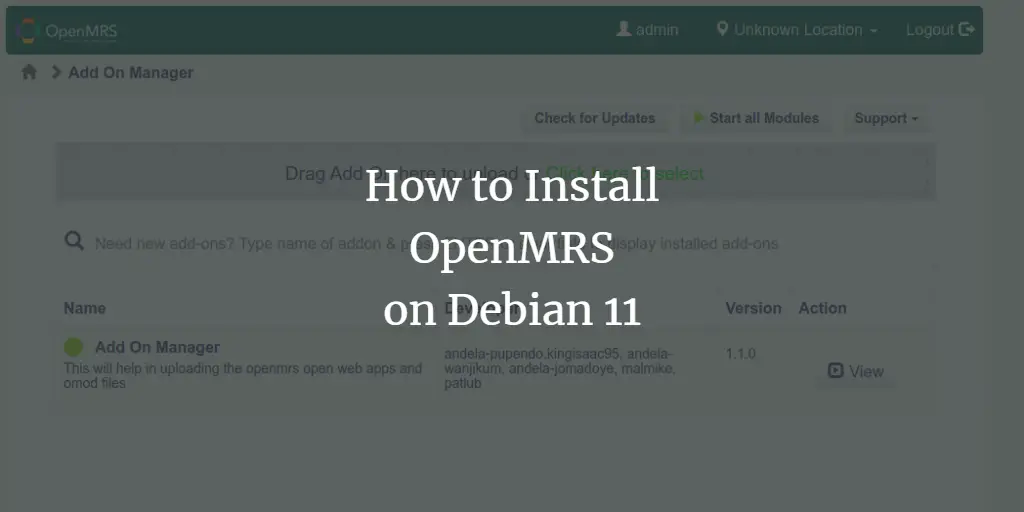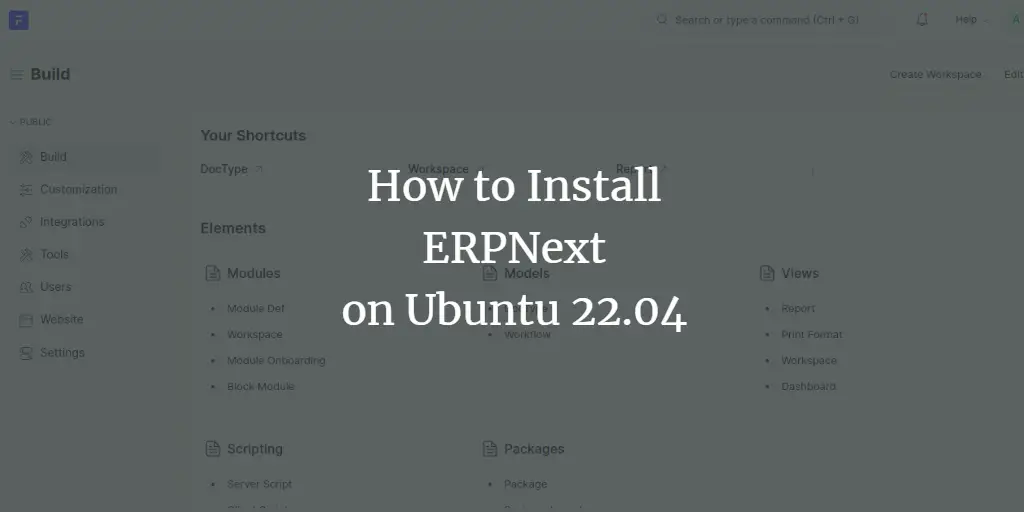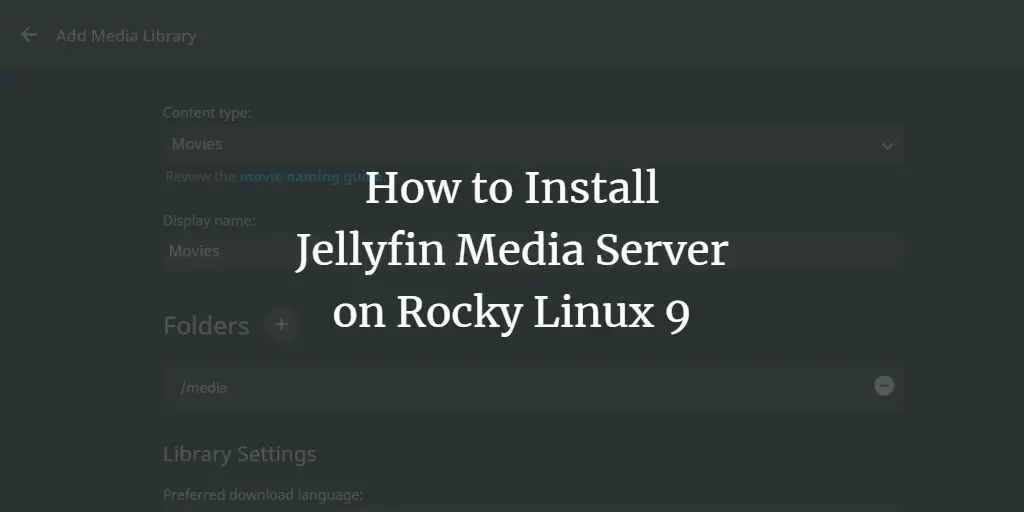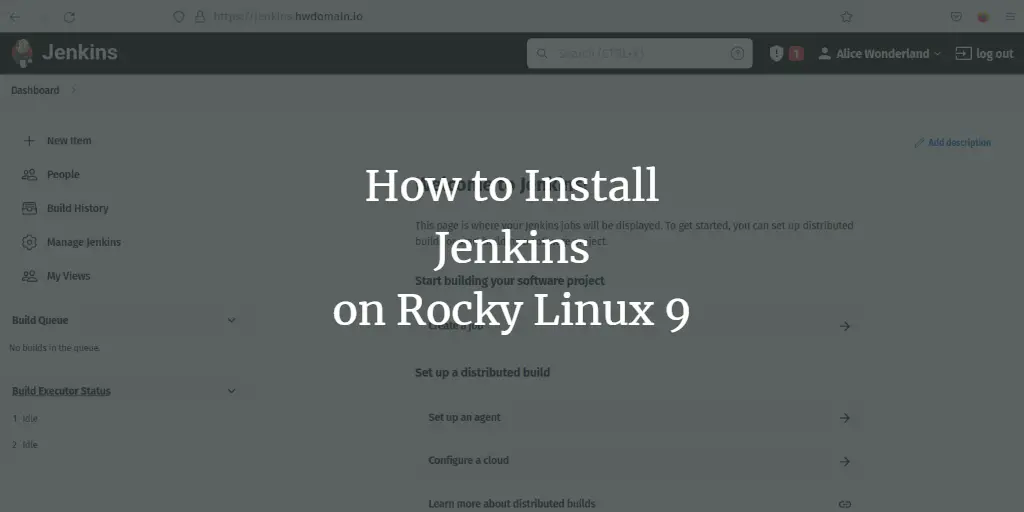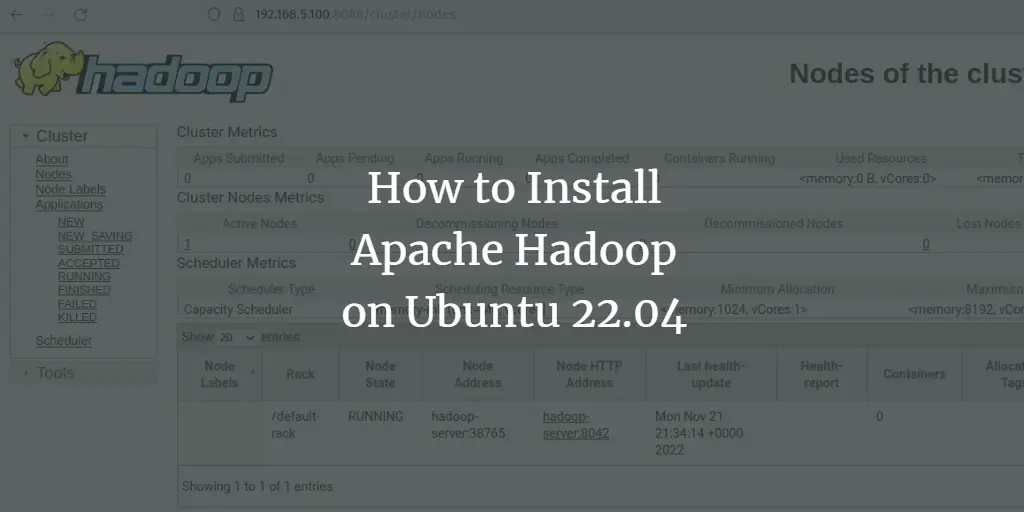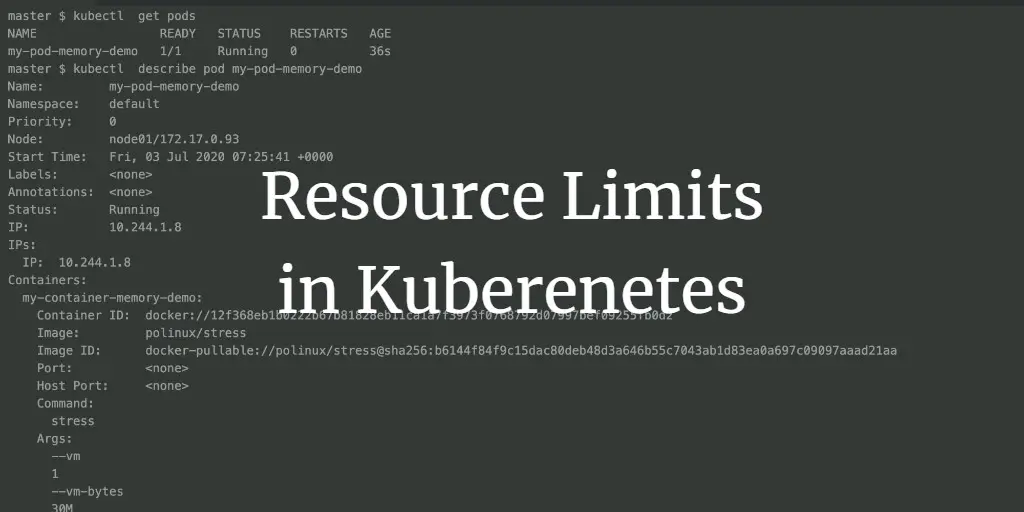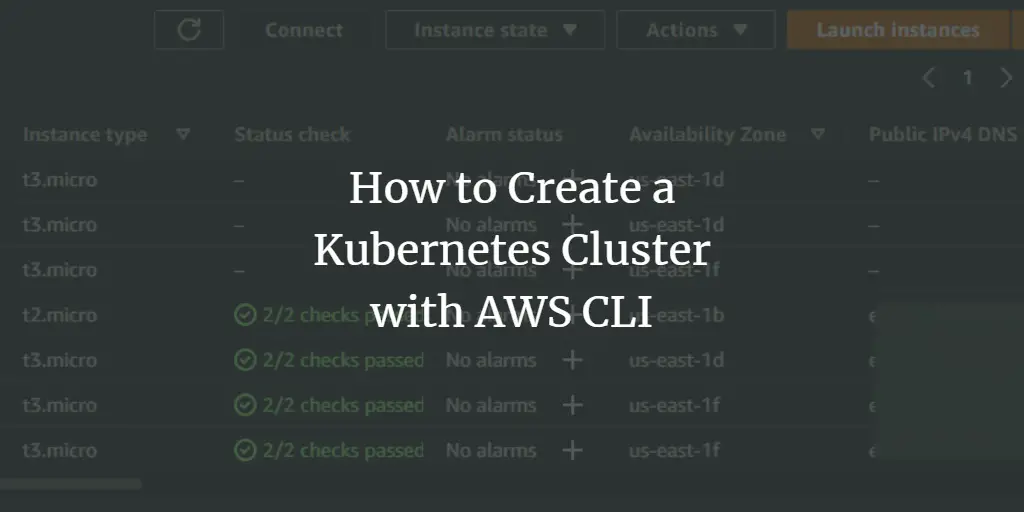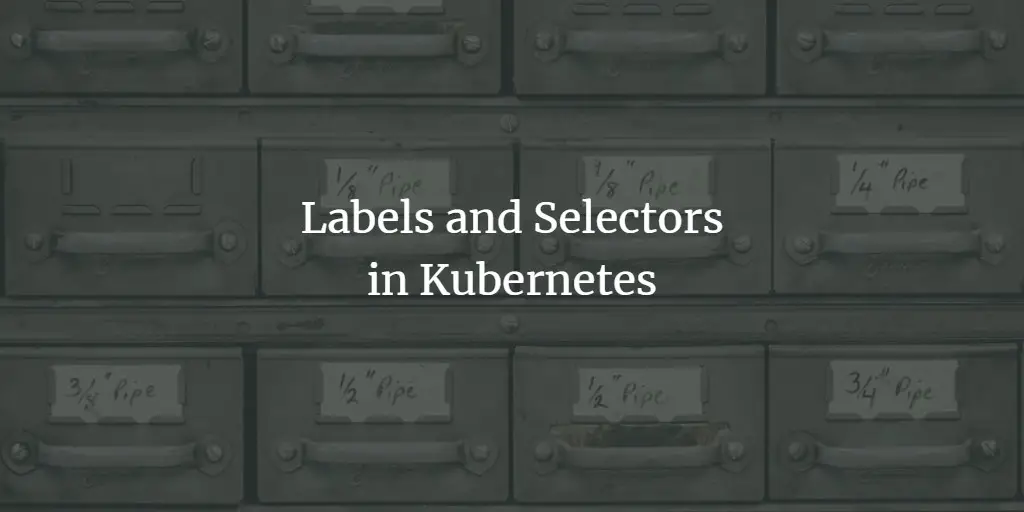HowtoForge provides user-friendly Linux tutorials.
-
How to Install OpenMRS (Open Medical Record System) on Debian 11
Author: Hitesh Jethva • Tags: debian, linux, server, web server • Comments: 0OpenMRS stands for "Open Medical Record System", is a free, open-source, and efficient electronic medical record (EMR) storage and retrieval system. In this post, we will show you how to install OpenMRS on Debian 11.
-
How to Install ERPNext on Ubuntu 22.04
Author: Hitesh Jethva • Tags: linux, ubuntu • Comments: 3ERPNext is a free and open-source ERP software used by manufacturers, distributors, and services. It is built with Python, JavaScript, and Frappe Framework. In this tutorial, we will show you how to install ERPNext on Ubuntu 22.04 server.
-
How to Install Jellyfin Media Server on Rocky Linux 9
Author: Navjot Singh • Tags: linux, server • Comments: 0Jellyfin is a free and open-source media server that allows you to stream content that can be accessed from anywhere. In this tutorial, you will learn how to install Jellyfin Media Server using Docker on a Rocky Linux 9 server.
-
-
How to Install Jenkins on Rocky Linux 9
Author: Arvid L • Tags: linux, programming, server • Comments: 0Jenkins is an open-source automation tool for Continuous Integration/Continuous Delivery (CI/CD). is entirely written in Java with the support of more than 1000 plugins for building, deploying, and automating your project.
-
How to Install Apache Hadoop on Ubuntu 22.04
Author: Arvid L • Tags: linux, server, ubuntu • Comments: 1Apache Hadoop is an open-source framework for processing and storing big data. In this tutorial, we will install the latest version of Apache Hadoop on an Ubuntu 22.04 server. Hadoop gets installed on a single node server and we create a Pseudo-Distributed Mode of Hadoop deployment.
-
Linux pwd Command Tutorial for Beginners (with Examples)
Author: Himanshu Arora • Tags: linux, shell • Comments: 0The pwd command, like ls and cd, is one of most frequently used Linux utilities. Regardless of the kind of user you are (newbie or pro), you'll find yourself using this command line tool a lot. So in this tutorial, we will quickly discuss the basics of pwd through some easy to understand examples.
-
Resource Limits in Kubernetes
Author: Rahul Shivalkar • Tags: cloud • Comments: 0In this article, we will see an example of a resource limit and request for CPU and Memory. We will also use Metric Server. The Metrics Server is an aggregator of resource usage data in the cluster and it is not deployed by default in the cluster. We will use this Metric Server to see the resource consumption by pods.
-
How to Create a Kubernetes Cluster with AWS CLI
Author: t.michael • Tags: cloud, linux • Comments: 0Elastic Kubernetes Service (EKS) is a managed Kubernetes service that is hosted on AWS. In this guide, we will leam how to create a Kubernetes cluster on AWS with EKS. You will learn how to create an administrative user for your Kubernetes cluster. You will also learn how to deploy an app to the cluster. Finally, you will test your cluster to ensure that everything is working properly.
-
Labels and Selectors in Kubernetes
Author: Rahul Shivalkar • Tags: cloud • Comments: 0Labels can be used to organize and to select Kubernetes objects. In this article, we will create a Pod with Labels to it and redirect the requests to it from the service using Selector. We will also perform get, delete operations on Pod and Service using Label/Selectors on the command line.
-
Static pods in Kuberentes
Author: Rahul Shivalkar • Tags: cloud • Comments: 0Static Pods are managed directly by the kubelet and the API server does not have any control over these pods. The kubelet is responsible to watch each static Pod and restart it if it crashes.

